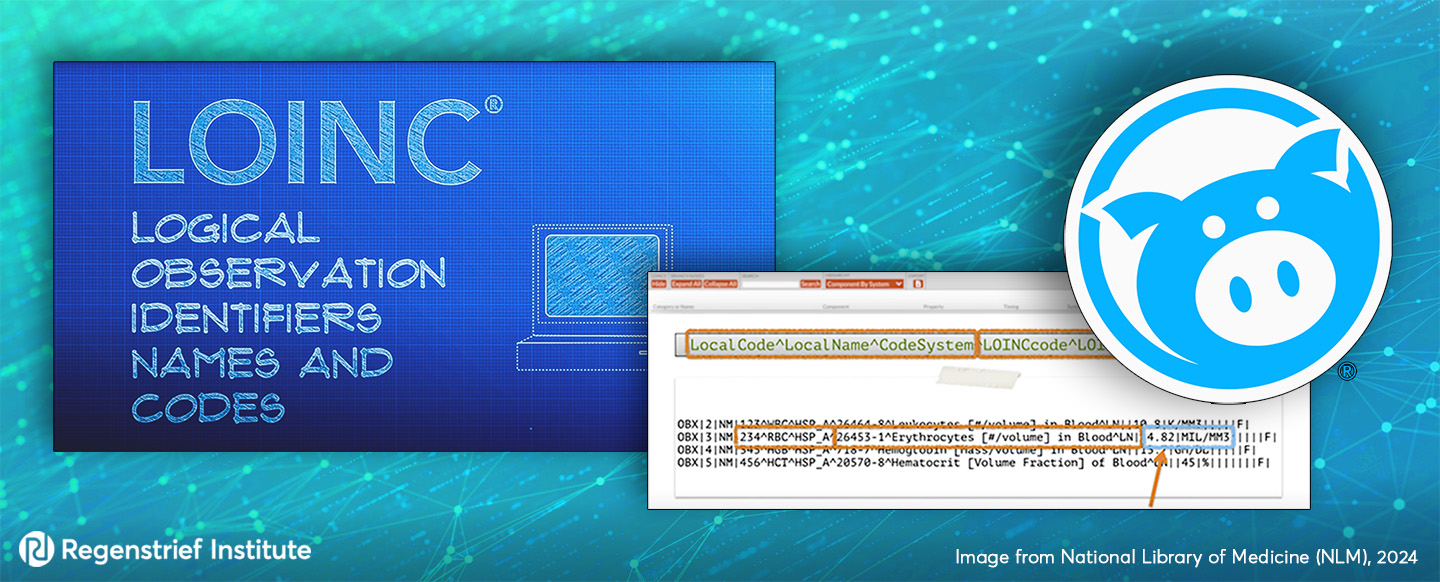Published in Jama Internal Medicine. Here is a link to the article.
Regenstrief Institute authors: Rachel Patzer, PhD
Abstract
Importance: Patients with advanced chronic kidney disease (CKD) have the best chance for a longer and healthier life if they receive a kidney transplant. However, many barriers prevent patients from receiving a transplant.
Objectives: To evaluate the effect of a multicomponent intervention designed to target several barriers that prevent eligible patients from completing key steps toward receiving a kidney transplant.
Design, setting, and participants: This pragmatic, 2-arm, parallel-group, open-label, registry-based, superiority, cluster randomized clinical trial included all 26 CKD programs in Ontario, Canada, from November 1, 2017, to December 31, 2021. These programs provide care for patients with advanced CKD (patients approaching the need for dialysis or receiving maintenance dialysis).
Interventions: Using stratified, covariate-constrained randomization, allocation of the CKD programs at a 1:1 ratio was used to compare the multicomponent intervention vs usual care for 4.2 years. The intervention had 4 main components, (1) administrative support to establish local quality improvement teams; (2) transplant educational resources; (3) an initiative for transplant recipients and living donors to share stories and experiences; and (4) program-level performance reports and oversight by administrative leaders.
Main outcomes and measures: The primary outcome was the rate of steps completed toward receiving a kidney transplant. Each patient could complete up to 4 steps: step 1, referred to a transplant center for evaluation; step 2, had a potential living donor contact a transplant center for evaluation; step 3, added to the deceased donor waitlist; and step 4, received a transplant from a living or deceased donor.
Results: The 26 CKD programs (13 intervention, 13 usual care) during the trial period included 20 375 potentially transplant-eligible patients with advanced CKD (intervention group [n = 9780 patients], usual-care group [n = 10 595 patients]). Despite evidence of intervention uptake, the step completion rate did not significantly differ between the intervention vs usual-care groups: 5334 vs 5638 steps; 24.8 vs 24.1 steps per 100 patient-years; adjusted hazard ratio, 1.00 (95% CI, 0.87-1.15).
Conclusions and relevance: This novel multicomponent intervention did not significantly increase the rate of completed steps toward receiving a kidney transplant. Improving access to transplantation remains a global priority that requires substantial effort.
This study was supported by ICES, which is funded by an annual grant from the Ontario Ministry of Health (MOH) and the Ministry of Long-Term Care (MLTC).
Authors:
Amit X Garg 1 2 3 4 5 6, Seychelle Yohanna 1, Kyla L Naylor 2 3 4, Susan Q McKenzie 5 6, Istvan Mucsi 7 8, Stephanie N Dixon 2 3 4, Bin Luo 2 3, Jessica M Sontrop 2 4, Mary Beaucage 9 10 11, Dmitri Belenko 12, Candice Coghlan 13, Rebecca Cooper 14 15, Lori Elliott 16, Leah Getchell 2 17, Esti Heale 16, Vincent Ki 16 18, Gihad Nesrallah 12 19, Rachel E Patzer 20 21, Justin Presseau 22 23, Marian Reich 24, Darin Treleaven 15 25, Carol Wang 2 26 27, Amy D Waterman 28, Jeffrey Zaltzman 15 29, Peter G Blake 2 16 26
Affiliations:
1Division of Nephrology, Department of Medicine, McMaster University, Hamilton, Ontario, Canada.
2Lawson Health Research Institute and London Health Sciences Centre, London, Ontario, Canada.
3ICES, Ontario, Canada.
4Department of Epidemiology and Biostatistics, Schulich School of Medicine and Dentistry, Western University, London, Ontario, Canada.
5Kidney Patient & Donor Alliance, Canada.
6Transplant Ambassador Program, Ontario, Canada.
7Ajmera Transplant Centre, University Health Network, Toronto, Ontario, Canada.
8Division of Nephrology, Department of Medicine, University of Toronto, Toronto, Ontario, Canada.
9Patient Governance Circle, Indigenous Peoples Engagement and Research Council and Executive Committee, Can-Solve CKD, Vancouver, British Columbia, Canada.
10Provincial Patient and Family Advisory Council, Ontario Renal Network, Toronto, Ontario, Canada.
11Patient co-lead Theme 1-Improve a Culture of Donation, Canadian Donation and Transplantation Research Program, Edmonton, Alberta, Canada.
12Division of Nephrology, University of Toronto, Toronto, Ontario, Canada.
13Centre for Living Organ Donation, University Health Network, Toronto, Ontario, Canada.
14Ontario Renal Network, Toronto, Ontario, Canada.
15Trillium Gift of Life Network, Ontario Health, Toronto, Ontario, Canada.
16Ontario Renal Network, Ontario Health, Toronto, Ontario, Canada.
17Can-SOLVE CKD Network, Vancouver BC, Canada.
18Trillium Health Partners, Mississauga, Ontario, Canada.
19Department of Medicine, Humber River Regional Hospital, Toronto, Ontario, Canada.
20Regenstrief Institute, Indianapolis, Indiana.
21Department of Surgery, Division of Transplantation, Indiana University School of Medicine, Indianapolis.
22Clinical Epidemiology Program, Ottawa Health Research Institute, Ottawa, Ontario, Canada.
23School of Epidemiology and Public Health, University of Ottawa, Ontario, Canada.
24Canadians Seeking Solutions and Innovations to Overcome Chronic Kidney Disease (Can-Solve CKD), Patient Council, Vancouver, British Columbia, Canada.
25McMaster University, Hamilton, Ontario, Canada.
26Division of Nephrology, Department of Medicine, Schulich School of Medicine and Dentistry, Western University, London, Ontario, Canada.
27Department of Research Methods, Evidence and Uptake, Faculty of Health Sciences, McMaster University, Hamilton, Ontario, Canada.
28Department of Surgery and J.C. Walter Jr. Transplant Center, Houston Methodist Hospital, Houston, Texas.
29Division of Nephrology, St. Michael’s Hospital, Toronto, Ontario, Canada.










